1(2H)-Phthalazinone
Synonym(s):Benzo[d]pyridazin-1(2H)one
- CAS NO.:119-39-1
- Empirical Formula: C8H6N2O
- Molecular Weight: 146.15
- MDL number: MFCD00006892
- EINECS: 204-319-8
- SAFETY DATA SHEET (SDS)
- Update Date: 2025-01-27 09:38:02
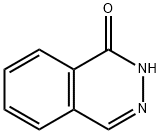
What is 1(2H)-Phthalazinone?
Chemical properties
Off-white to pale yellow crystalline powder
The Uses of 1(2H)-Phthalazinone
Phthalazone is a remarkable scaffold in drug discovery. Also, functions as an oxidative metabolic pathway of lenvatinib mediated by aldehyde oxidase.
Definition
ChEBI: Phthalazin-1(2H)-one is a member of phthalazines.
General Description
Pale yellow crystals. Insoluble in water.
Air & Water Reactions
Insoluble in water.
Fire Hazard
Flash point data for 1(2H)-Phthalazinone are not available. 1(2H)-Phthalazinone is probably combustible.
Purification Methods
Phthalazone crystallises from H2O or EtOH and sublimes in vacuo. [Beilstein 24 H 142, 24 24 III/IV 400.]
Properties of 1(2H)-Phthalazinone
| Melting point: | 183-185 °C(lit.) |
| Boiling point: | 337°C(lit.) |
| Density | 1.2312 (rough estimate) |
| refractive index | 1.4900 (estimate) |
| storage temp. | Sealed in dry,Room Temperature |
| solubility | Chloroform (Slightly), DMSO (Slightly), Methanol (Slightly) |
| form | Crystalline Powder |
| pka | 12.29±0.20(Predicted) |
| color | Off-white to pale yellow |
| BRN | 3654 |
| CAS DataBase Reference | 119-39-1(CAS DataBase Reference) |
| EPA Substance Registry System | 1(2H)-Phthalazinone (119-39-1) |
Safety information for 1(2H)-Phthalazinone
| Signal word | Warning |
| Pictogram(s) |
 Exclamation Mark Irritant GHS07 |
| GHS Hazard Statements |
H302:Acute toxicity,oral H315:Skin corrosion/irritation H319:Serious eye damage/eye irritation |
| Precautionary Statement Codes |
P264:Wash hands thoroughly after handling. P264:Wash skin thouroughly after handling. P270:Do not eat, drink or smoke when using this product. P280:Wear protective gloves/protective clothing/eye protection/face protection. P302+P352:IF ON SKIN: wash with plenty of soap and water. P305+P351+P338:IF IN EYES: Rinse cautiously with water for several minutes. Remove contact lenses, if present and easy to do. Continuerinsing. P332+P313:IF SKIN irritation occurs: Get medical advice/attention. P337+P313:IF eye irritation persists: Get medical advice/attention. |
Computed Descriptors for 1(2H)-Phthalazinone
| InChIKey | IJAPPYDYQCXOEF-UHFFFAOYSA-N |
1(2H)-Phthalazinone manufacturer
New Products
3-Iodophenylacetic acid 3-Pyridineacetonitrile, α-hydroxy- 2-Propanamine, 1-chloro-, hydrochloride (9CI) 3-(hexyloxy)-4-(pyridin-3-yl)-1,2,5-thiadiazole 2-Hexyn-1-ol Dibenzo-18-crown-6 Nickel(II) perchlorate hexahydrate, 98% 4-Bromophenylacetonitrile, 95% 3-Bromo-4-fluoroaniline, 97% Sodium tetraborate decahydrate, 98% Palladium(II) acetate, trimer, Pd 99% 4-Bromo-2-chlorotoluene, 97% N N Dimethylformamide Dimethyl Acetal (Dmf Dma) 2,3-Dichloro Benzoyl Cyanide [Side Chain] Bis(2-Chloroethyl) Amine Hydrochloride L-Glutamic Acid Diethyl Ester Hydrochloride 5-(Difluoromethoxy)-2-Mercaptobenzimidazole 1-Ethyl-3-(3-Dimethylaminopropyl)-Carbodiimide Hydrochloride [EDC Hcl] 1,4-Napthoquinone Bromoiodomethane Sodium Bicarbonate Methylene Dichloride (MDC) Ethyl Acetate Indole-3-Carbinol (I3C)Related products of tetrahydrofuran

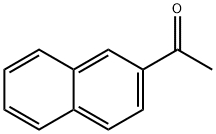
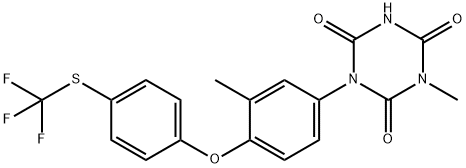
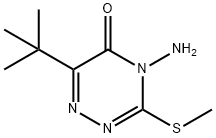
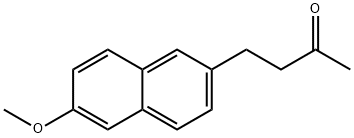
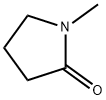

![Benzo[b]thien-2-ylboronic acid](https://img.chemicalbook.in/CAS/GIF/98437-23-1.gif)
You may like
-
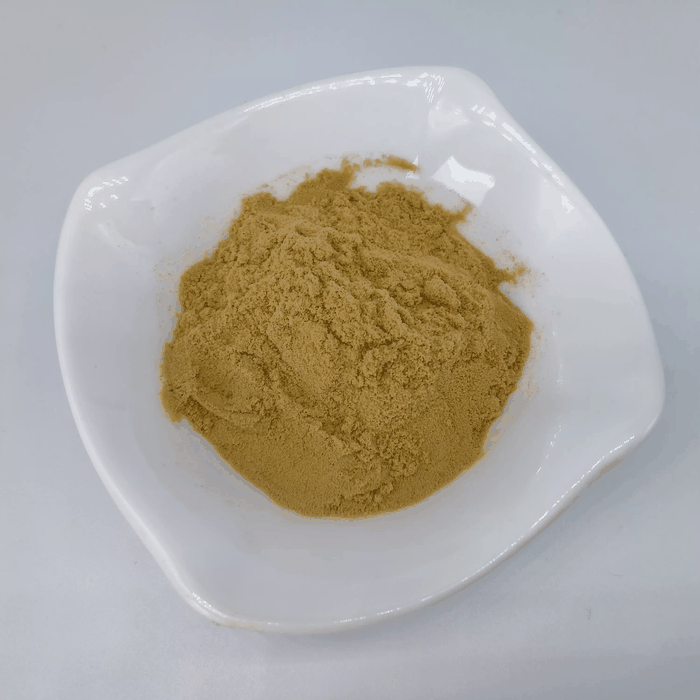 119-39-1 1(2h)-phthalazinone 98%View Details
119-39-1 1(2h)-phthalazinone 98%View Details
119-39-1 -
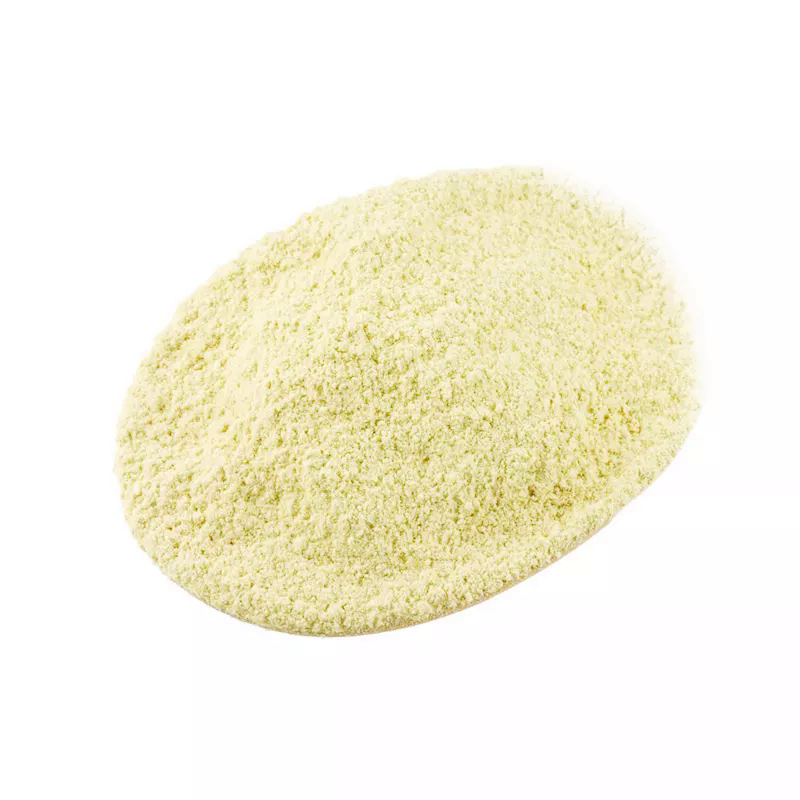 119-39-1 98%View Details
119-39-1 98%View Details
119-39-1 -
 1(2H)-Phthalazinone 98%View Details
1(2H)-Phthalazinone 98%View Details
119-39-1 -
 1(2H)-Phthalazinone 119-39-1 98%View Details
1(2H)-Phthalazinone 119-39-1 98%View Details
119-39-1 -
 119-39-1 1(2H)-Phthalazinone 98%View Details
119-39-1 1(2H)-Phthalazinone 98%View Details
119-39-1 -
 Phthalazone CAS 119-39-1View Details
Phthalazone CAS 119-39-1View Details
119-39-1 -
 Phthalazone CAS 119-39-1View Details
Phthalazone CAS 119-39-1View Details
119-39-1 -
 132945-75-6 (S)-1-Boc-3-methanesulfonyloxy-pyrrolidine 98+View Details
132945-75-6 (S)-1-Boc-3-methanesulfonyloxy-pyrrolidine 98+View Details
132945-75-6
Statement: All products displayed on this website are only used for non medical purposes such as industrial applications or scientific research, and cannot be used for clinical diagnosis or treatment of humans or animals. They are not medicinal or edible.
